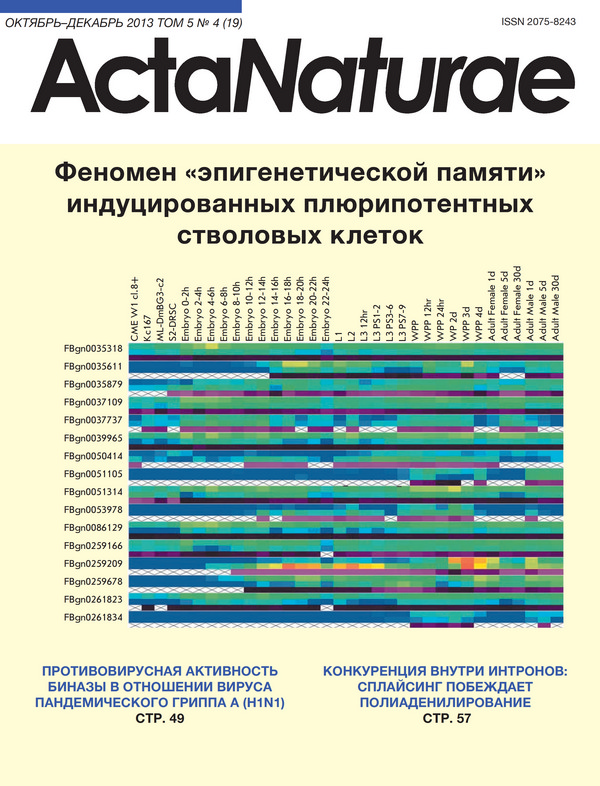Abstract
Most eukaryotic messenger RNAs are capped, spliced, and polyadenylated via co-transcriptional processes that are coupled to each other and to the transcription machinery. Coordination of these processes ensures correct RNA maturation and provides for the diversity of the transcribed isoforms. Thus, RNA processing is a chain of events in which the completion of one event is coupled to the initiation of the next one. In this context, the relationship between splicing and polyadenylation is an important aspect of gene regulation. We have found that cryptic polyadenylation signals are widely distributed over the intron sequences of Drosophila melanogaster. As shown by analyzing the distribution of genes arranged in a nested pattern, where one gene is fully located within an intron of another gene, overlapping of putative polyadenylation signals is a fairly common event affecting about 17% of all genes. Here we show that polyadenylation signals are silenced within introns: the poly(A) signal is utilized in the exonic but not in the intronic regions of the transcript. The transcription does not end within the introns, either in a transient reporter system or in the genomic context, while deletion of the 5'-splice site restores their functionality. According to a full Drosophila transcriptome analysis, utilization of intronic polyadenylation signals occurs very rarely and such events are likely to be inducible. These results confirm that the transcription apparatus ignores premature polyadenylation signals for as long as they are intronic.







